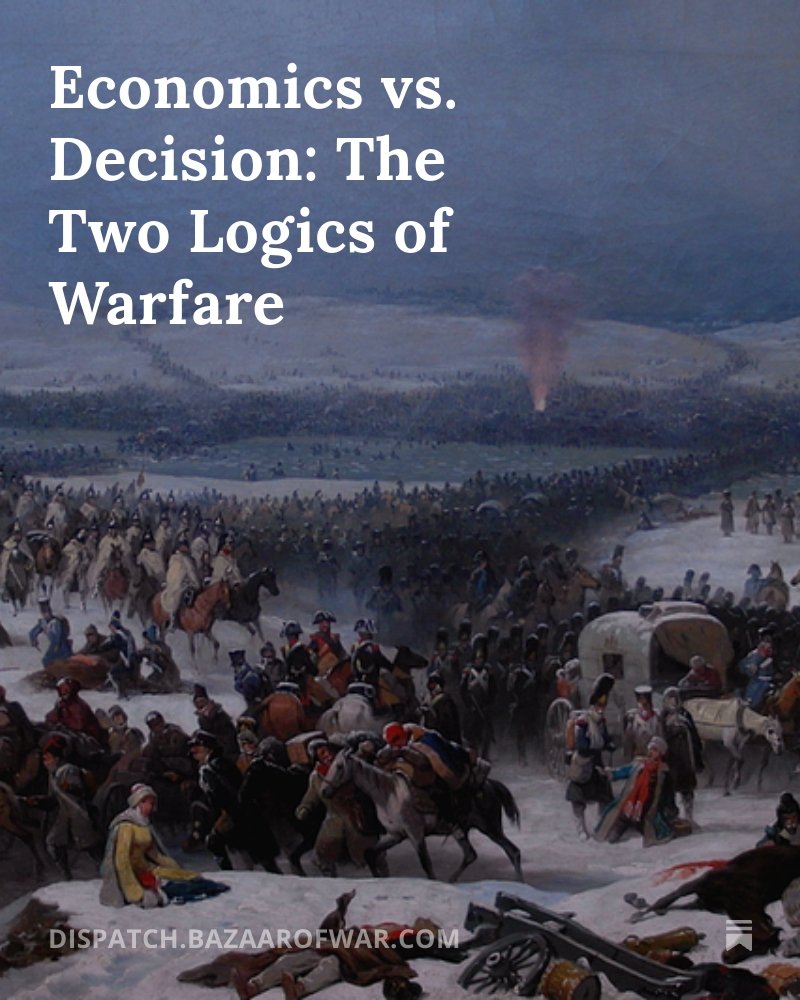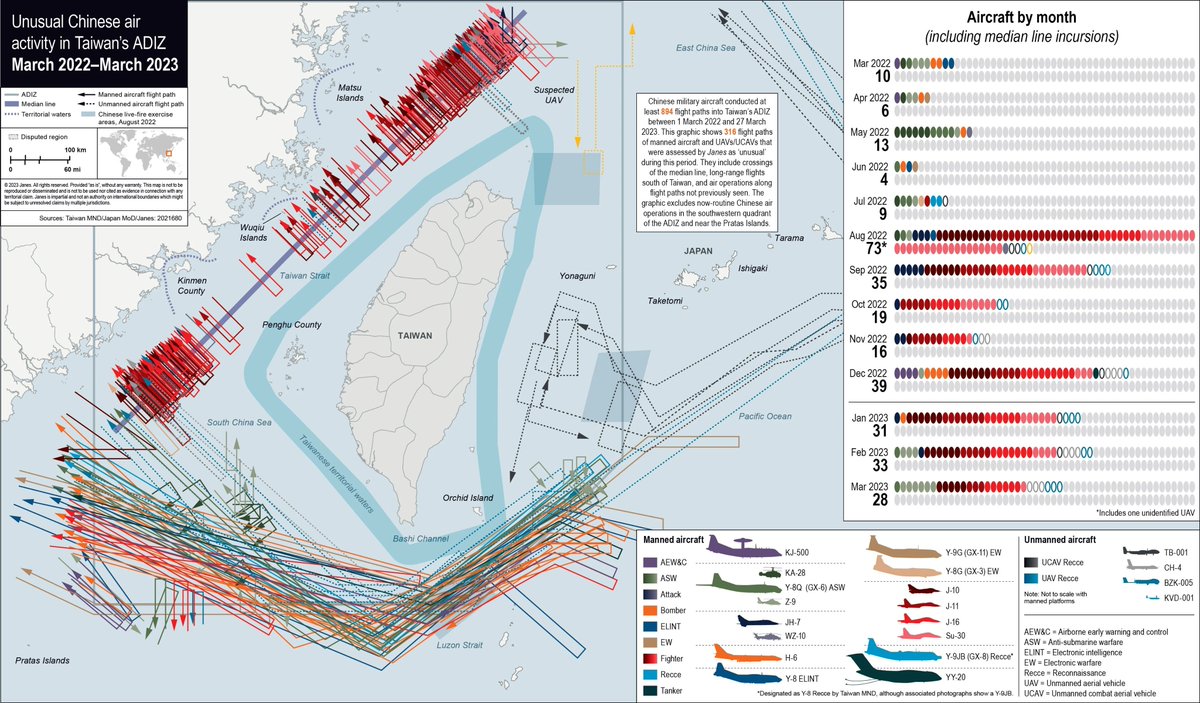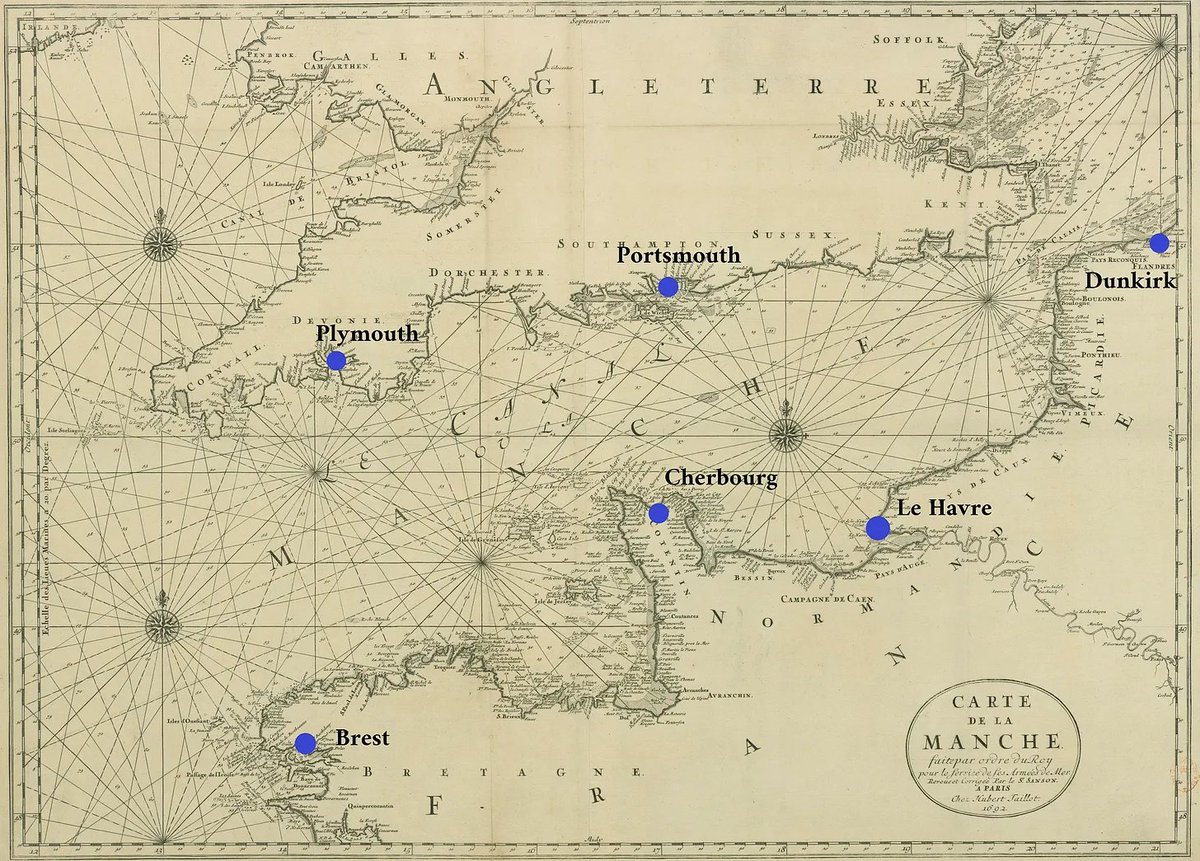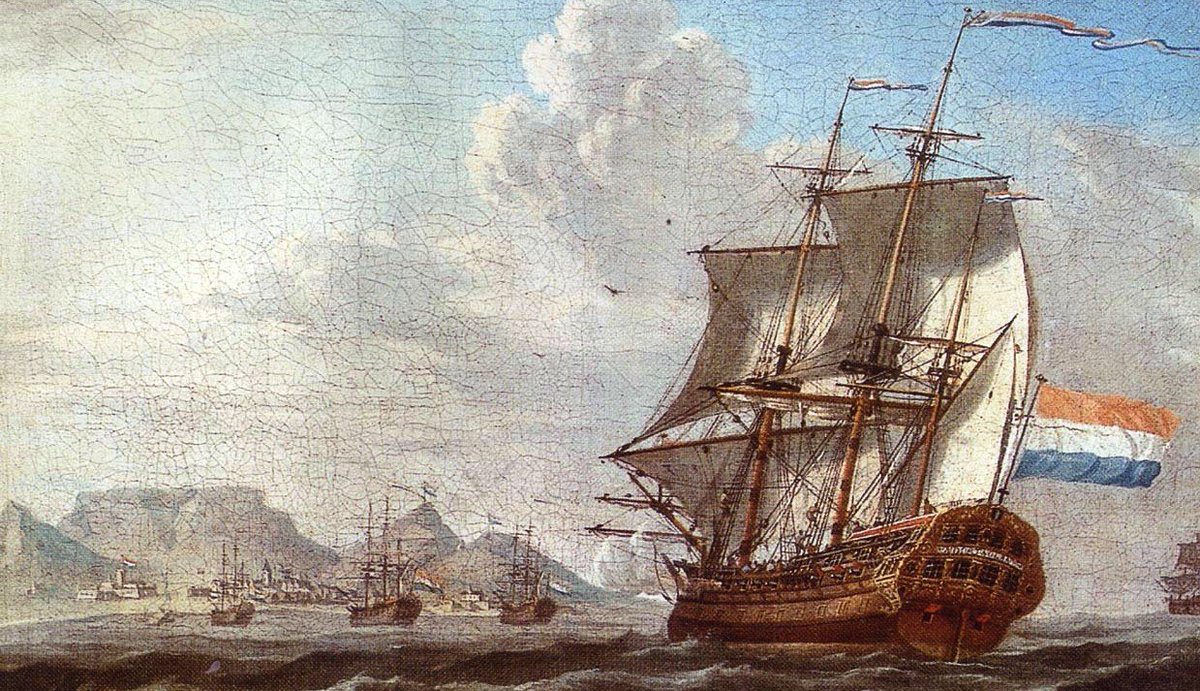A few stories from the past week have shown just how much drones are transforming warfare. It’s not their increased lethality or even their improved targeting for ground-based systems, but one of the biggest command-and-control revolutions of the past century. Thread. 

The first is an article on Ukraine’s use of drones for indirect fire control. This alone is nothing new—it’s been apparent since last March that guided artillery, far more than ATGMs, has been the most effective weapon of the war.
19fortyfive.com/2023/04/artill…
19fortyfive.com/2023/04/artill…
The article compares Ukrainian indirect fire roles for all types of weapons to sniper rifles. But it only focuses on efficiency, and doesn’t really get into tactical effectiveness. For example, how has Ukraine used that increased efficiency to break up assaults? 



We get a better sense of this from an interview with Syrksky on Russian tactics in Bakhmut. Specifically, how targeting data is integrated with terrain analysis and other intelligence to plan assaults.
en.interfax.com.ua/news/general/9…
en.interfax.com.ua/news/general/9…
A recent video of a Russian drone team guiding an assault shows what this looks like. The drone operator alerts the men on the ground to enemy firing positions, available cover, and an approaching vehicle. He even micromanages their entry into a building.
For maybe the first time in history, a command element has better situational awareness at a very low level than the men on the ground. This allows it to make better decisions, at a much faster rate.
It’s striking how effective this is, even though the Russian troops don’t even look especially well trained (e.g. the fire and movement at 5:40-7:00 and the way they fire blindly into windows, often ignoring instructions). 

Granted, this is only a partial picture and at very small scale—it looks to be maybe a squad against a fireteam. We don’t see any fires larger than mortars and the Ukrainian defenders have already sustained casualties, while the only vehicle present is an M113 used for CASEVAC.
But now imagine a well-oiled battalion staff directing an assault on a fortified position. Not only are squads being directed by drone, but so are platoons and companies. Commanders can direct one subordinate unit to support another when it gets stalled. 

Enemy positions are suppressed much faster and more effectively. Individual units’ target priorities are integrated into a larger fires AND movement plan, allowing the entire assault to keep up its momentum. Less of a chance of stalling out under the defenders’ artillery. 

It’s hard to say how much this will tilt things in the attacker’s favor—on balance, accurate artillery fire is still probably much better for the defender. But this will definitely set a new gold standard in combined-arms integration.
• • •
Missing some Tweet in this thread? You can try to
force a refresh

























